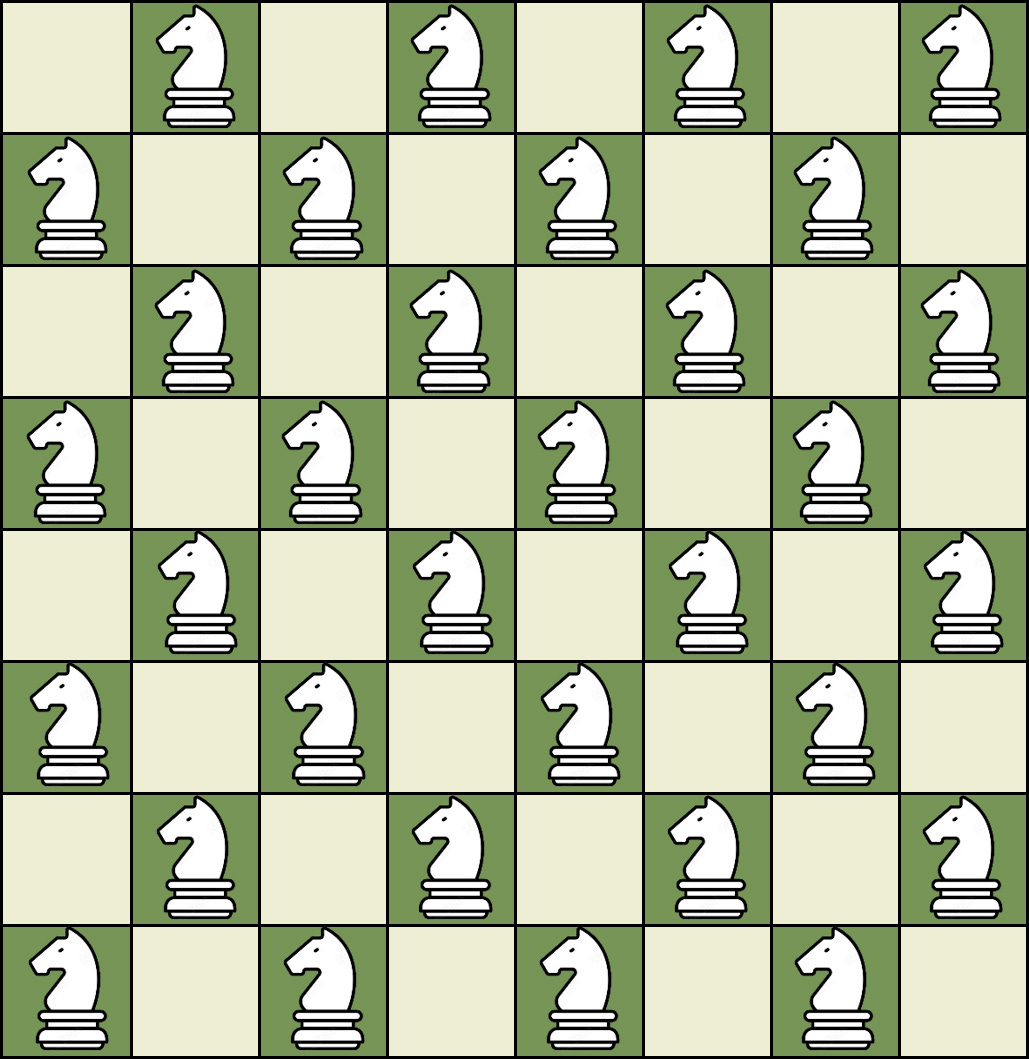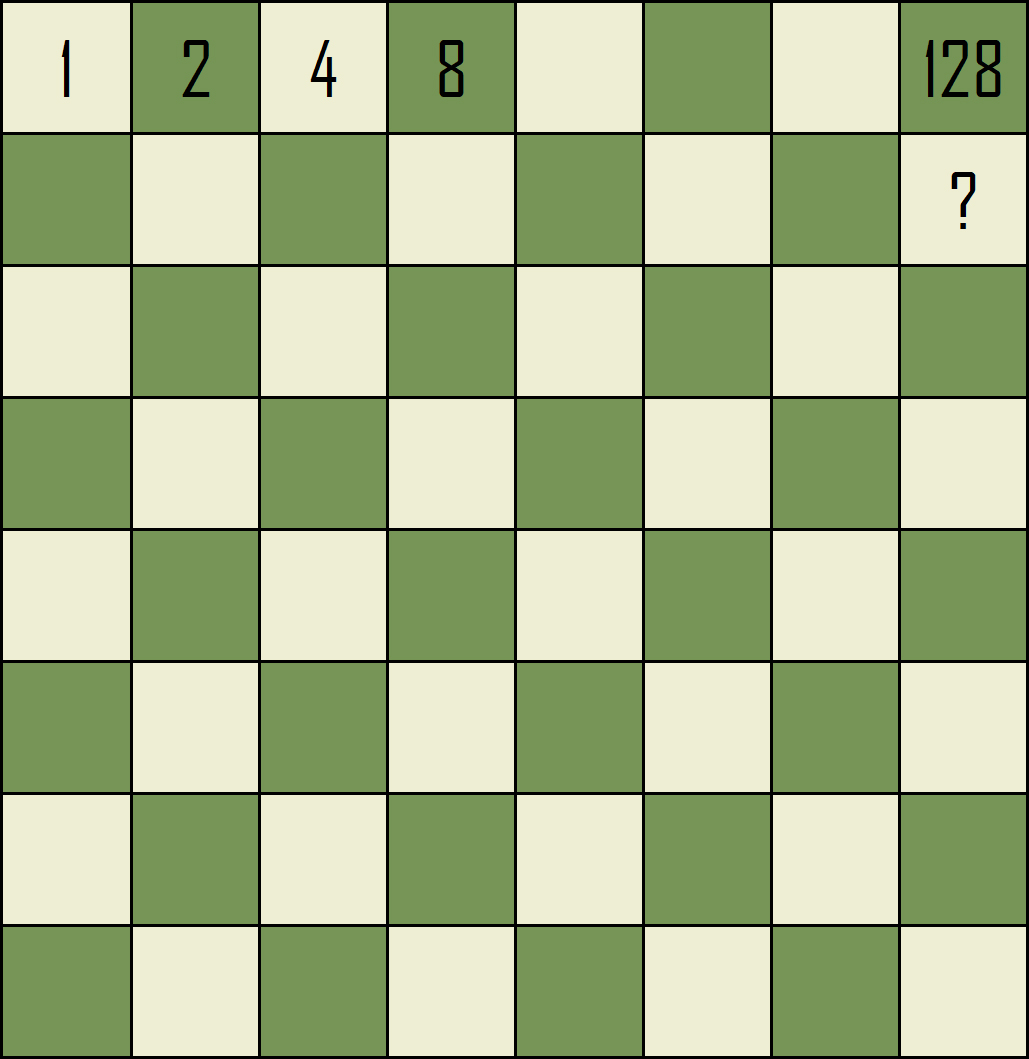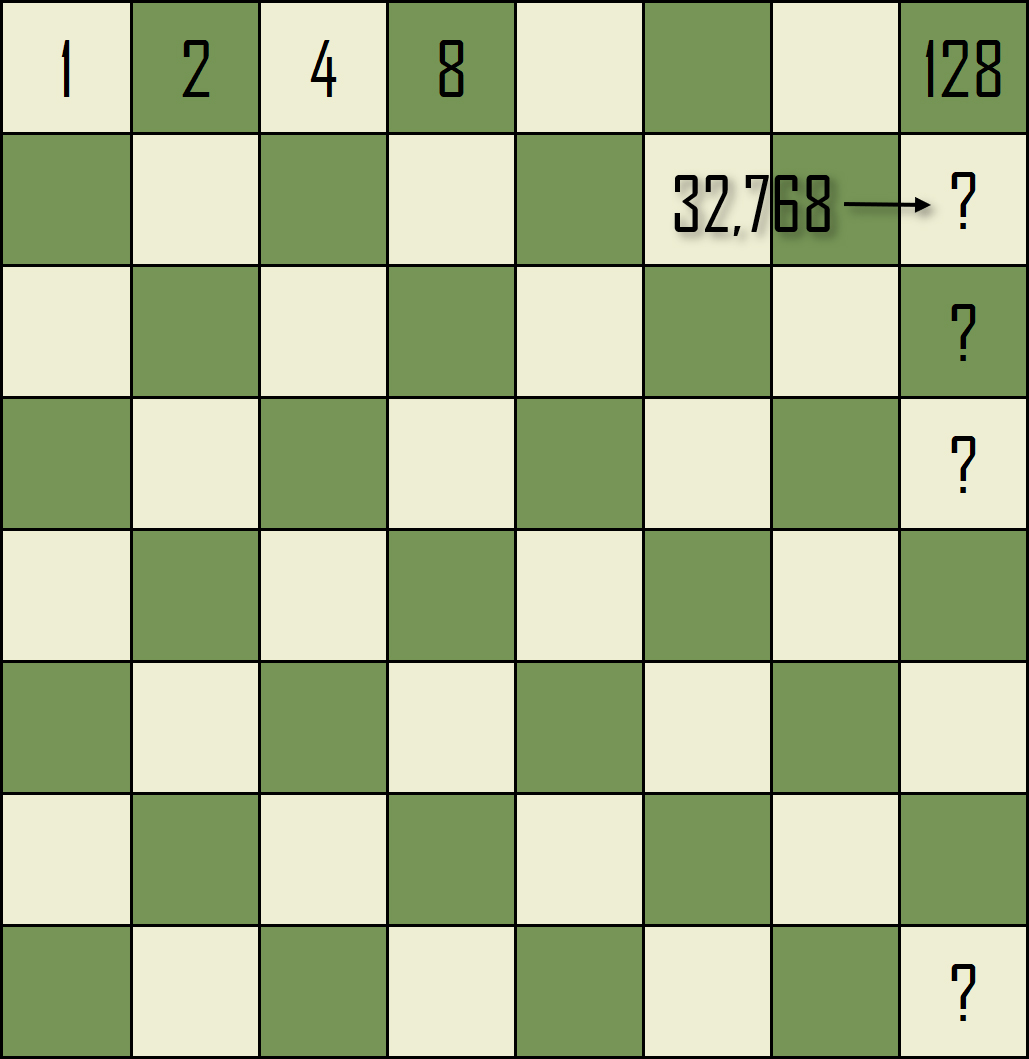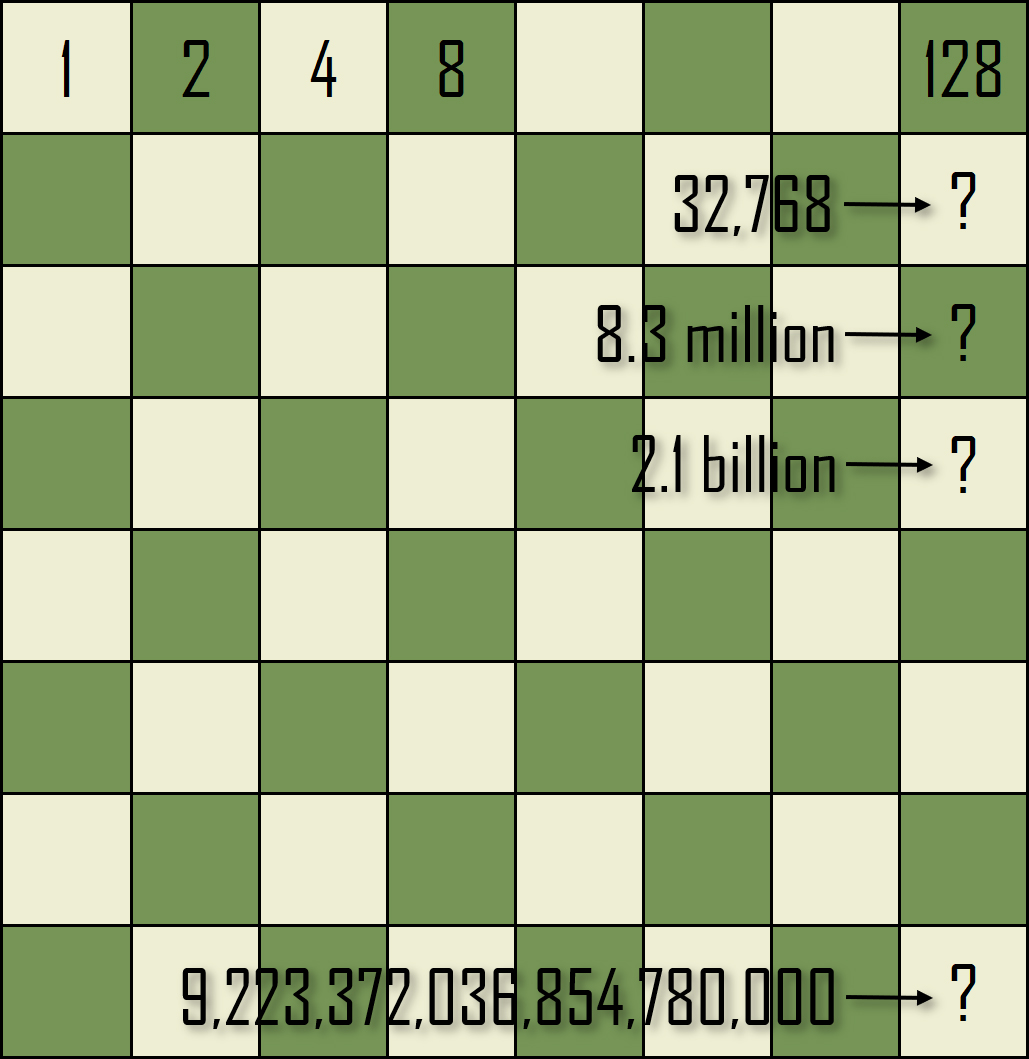What Can a Chess Piece Teach Us About Investing?
We start with a puzzle that leads to an astonishing example about compounding.
In chess, a knight can move and capture two squares in one direction and then one square perpendicularly to that direction, as shown below.
Maximum Number of Knights?
Now, what is the maximum number of knights that can be placed on a chessboard so that no knight can capture another?
Take a moment to think about the answer before reading on.
Don’t scroll further until you have your answer.
The Answer
If the answer came to you immediately, congratulations.
If it took a while, or you couldn’t figure it out, that’s fine too.
To find the answer, the first step is to realize that the knight always moves to a different colored square. This means you could place a knight on every dark square or every light square and none of them would be able to capture another. There are 32 dark and 32 white squares on the board, so the answer is 32.
The point of this puzzle wasn’t so much to test your puzzle-solving skills, but to make the point that something that seems complicated can seem easy once you know the trick.
Investing is a lot like this. It seems complicated, but it’s really not once you understand a few basics. Covering these basics is a large part of what we’re doing with these posts.
The most important concept to understand—what we call the Secret of Investing—is Compounding.
We’ve covered this before, but while we have the chessboard out, let’s look at a mind-blowing example of compounding.
This all starts with one of the stories of the origins of chess. As the story goes, the inventor presented the game to the Emperor, who was so impressed that he asked the inventor to name a reward.
The inventor asked that a grain of rice be placed on the top left square of the gameboard, and each day, an amount be placed that is double the amount on the previous square.
After four days, the first four squares of the board would look like this.
If you keep doubling the number of grains of rice, how many grains would be in the final square of the top row?
That’s fairly easy, it goes 1, 2, 4, 8, 16, 32, 64, 128.
At this point, the Emperor thought he’d gotten the best end of the bargain.
But did he?
End of Row 2
Take a guess at the number of grains of rice in the last square on the second row.
You don’t need to calculate it—unless you want to—you can just guess.
The answer, 32,768, may surprise you. It certainly surprised the Emperor and he was beginning to get worried.
With good reason.
End of Rows 3, 4, and 8
Let’s wrap this up by asking you to guess the values for the final square on rows 3 and 4, and then we’ll skip down to the final square on the board.
The answers are as follows:
Row 3: 8.3 million grains of rice
Row 4: 2.1 billion grains
Row 8: 9.2 quintillion grains
If you’re not familiar with the term quintillion, we’ll spell it out for you:
9,223,372,036,854,780,000 grains of rice.
The Emperor was devastated. That was more grains of rice than the Kingdom could produce.
The point of this was to just let you feel the extraordinary power of Compounding.
This power is available to you when you’re investing.
Like our chess example, the magic doesn’t happen right away.
You need to give it time.
Of course, you’re not going to double your money every year, but you would likely be similarly impressed by compounding your money at 10%—a conservative estimate of the long-term annualized return on Stocks.
If you want to see some examples of investment compounding, check out our post, Compounding: the 3 - 5 - 10 Rule.
Best regards,
Stuart & Sharon









